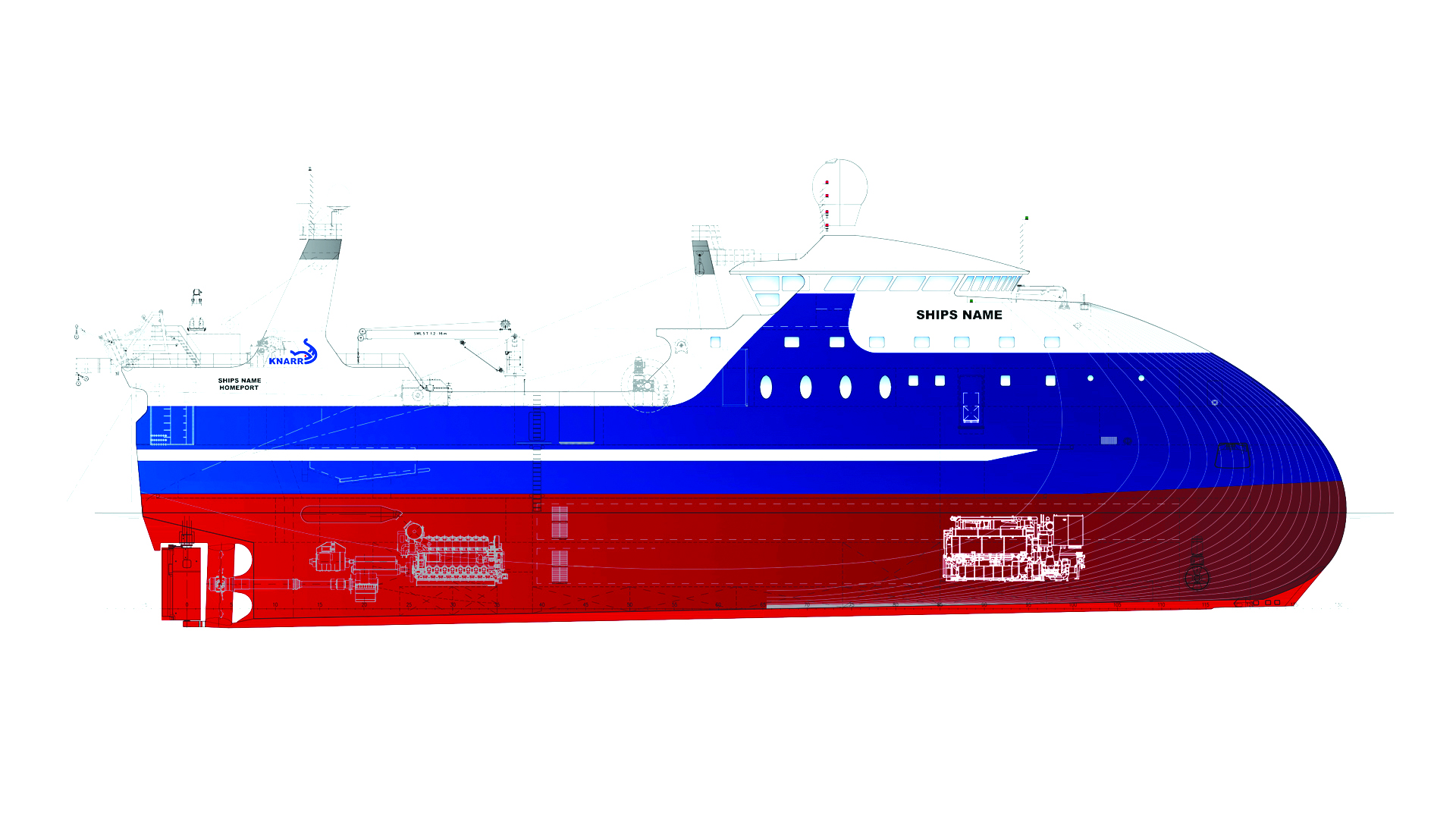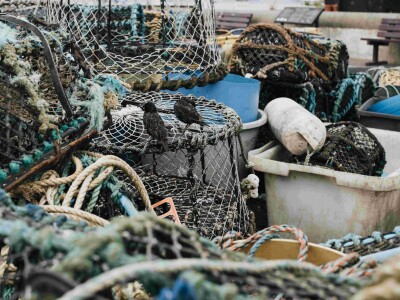Icelandic companies export fishing expertise
With just around 337,000 citizens, Iceland ranks 180th in population among the world’s nations. It ranks 19th among fishing nations, taking 1.2 percent of the annual global catch, and exporting most of that to Europe.

This story was first published in the September issue of National Fisherman. Subscribe today for digital and print access.
But the island nation has an outsized presence in the international marketplace, driven by technical innovation that grew as Iceland’s industry has consolidated and relentlessly pursued efficiencies since the late 1980s.
The seafood industry makes up almost a third of Iceland’s economy, and its Ministry of Fisheries and Agriculture has the kind of influence on national policy that finance, heavy industry or the military wield in other countries.
“I would never join the European Union,” then-fisheries Minister Gunnar Bragi Sveinsson told the BBC in 2016. “We have one of the biggest and strongest fisheries in the world that is sustainable without any subsidies from the state.”
Iceland, along with Norway, is part of the European Economic Area, an arrangement that helps them sell into EU nations while staying clear of the union’s collective decision-making. The union’s checkered efforts on fisheries management and conservation are viewed with thinly veiled derision by Icelanders, who fish under a strict management with individual transferable quotas that began developing in 1984.
For all its success, Iceland’s seafood industry must look abroad for growth, exporting technology that developed in a market environment where delivering quality to the consumer far outweighs quantity of fish. Icelandic companies are making more deals with Russian fishing operators updating their fleets, and are pitching their offers to U.S. companies in Seattle.
For 20 years, Iceland-based multinational Marel has maintained an operation in Portland, Ore., that supplies equipment for seafood processors. Other Nordic companies and their technology are already well established in the Pacific Northwest.
“They supply a high proportion of the pinbone machines” used by Alaskan salmon processors, said Ray Hilborn, a professor at the University of Washington School of Aquatic and Fishery Sciences. “I was at a conference in Iceland a few years ago, and I was blown away by the technology.”
To read the full article, subscribe to National Fisherman today for digital and print access.







